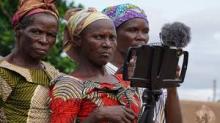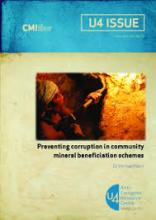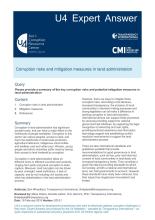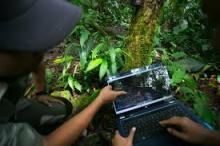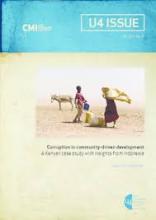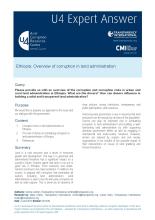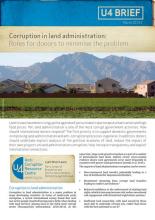/ library resources
Showing items 5113 through 5121 of 73567.Pakorpa Susangho’ (Widow’s Cry) is an exploration of how corruption impacts on widows in the Upper East region of Ghana.
This paper analyses patterns of corruption and corruption risks related to community mineral beneficiation schemes (CMBSs) that distribute benefits funded by mineral revenues to communities.
Corruption in land administration has significant societal costs, and can have a major effect on the livelihoods of people worldwide.
Many information technology initiatives have emerged in recent years with the aim of improving natural resource management.
Community-driven development is a strategy for empowering people to choose their own priorities, project leaders, and monitoring. Many believe that this model results in lower corruption rates.
Corruption is a continuing feature of the Philippines’ natural resource sectors. Given keen interest in the country’s REDD+ potential, it is useful to consider corruption risks related to REDD+ from a political economy perspective.
mproving land governance is key in assuring that land resources can be enjoyed by all parts of the population.
Land issues have been rising up the agenda of policy makers due to rapid urbanisation and high food prices. Yet, land administration is one of the most corrupt government activities. How should international donors respond?
Paginación
Land Library Search
Through our robust search engine, you can search for any item of the over 64,800 highly curated resources in the Land Library.
If you would like to find an overview of what is possible, feel free to peruse the Search Guide.

